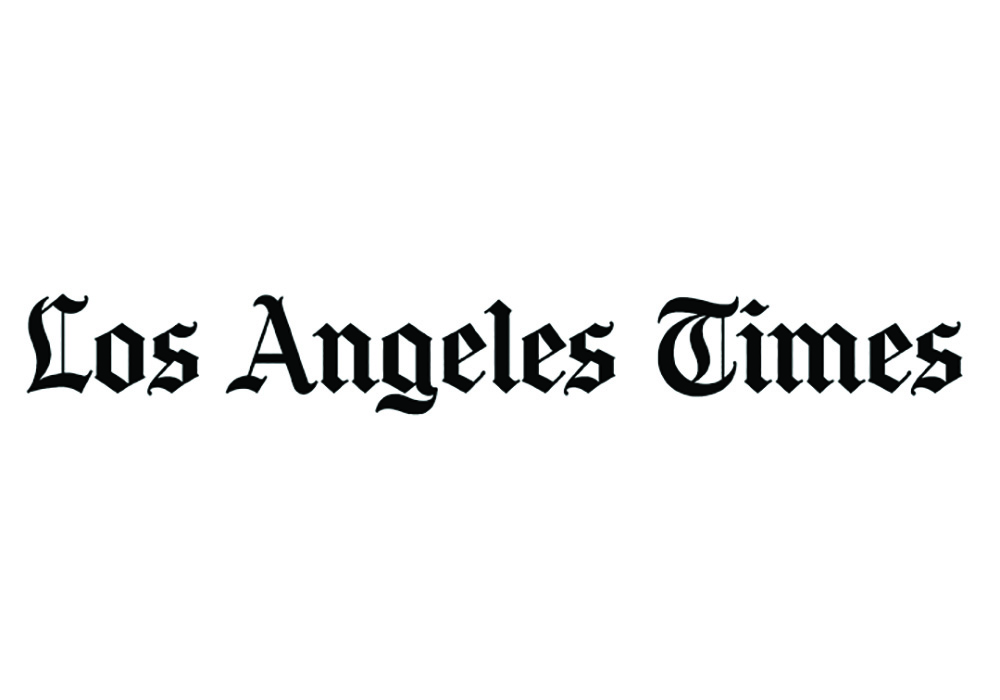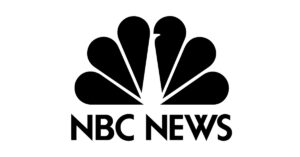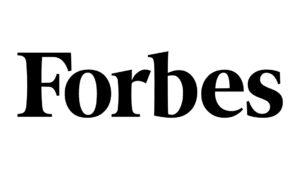For decades, the primary LGBTQ symbol was a small pink triangle — first displayed on the uniforms of prisoners at Nazi concentration camps who had been labeled as homosexual.
In 1978, San Francisco resident Gilbert Baker stitched a new symbol: a striped rainbow flag of pink, red, orange, yellow, green, turquoise, blue and purple.
Since its first flight above the United Nations Plaza during San Francisco’s Gay Freedom Day Parade, the rainbow flag has grown to global significance, painted on city crosswalks, flown at U.S. embassies and symbolizing inclusivity across the world.
Now, after a four-decade-long journey from a leaky storage unit to a dusty closet, a piece of the original fabric is returning home to San Francisco.
“It was born here,” Gilbert Baker Foundation President Charley Beal said Friday at the flag’s unveiling at the GLBT Historical Society Museum. “You see that flag up at Castro and Market Street, and you think that’s Gilbert’s flag. But it’s home to something that’s global, and it means something to a lot of people around the world. We’ll never forget that there’s people out there that don’t have it so good.”
A group of at least 30 volunteers, including tie-dye artist Lynn Segerblom, seamster James McNamara and Baker hand-stitched and dyed two eight-striped rainbow flags for the 1978 parade, according to Beal’s statement. When Baker returned to collect them at the San Francisco Gay Community Center the following year, he discovered they had been badly damaged with mildew from a leaky roof. He salvaged a piece — measured at 10 feet by 28 feet — and kept it until his death in 2017, when it was given to his sister, Ardonna Cook.
For the New York Pride parade in 2019, commemorating the 50th anniversary of the Stonewall uprising, Beal asked Cook to use a rainbow flag from Baker’s collection. Unknowingly, she gave him her brother’s first flag fragment. After flying at the event, the flag was tucked into Beal’s closet, where it collected dust for several months, a news release said.
A chance phone call with flag expert James Ferrigan led Beal to realize that he possessed a piece of the original pride flag. When Ferrigan saw the remnant in person, the vexillologist confirmed its identity as the 1978 artifact.
“It was so amazing to touch it and say, ‘Somebody had this idea. Somebody had to start this thing,’ ” said Terry Beswick, executive director of the GLBT Historical Society. “It creates safe space, and it is a political statement. It has been an emblem of our movement, but it has also propelled the movement forward, and given people a vision of what it could mean to be an inclusive society that doesn’t oppress us, that doesn’t force us down in dark corners, and allows us to be colorful and free and fabulous.”
Following the 1978 debut, the rainbow flag’s pink and turquoise stripes were eliminated because of cost, according to the GLBT Historical Society, and the remaining six-color design flourished as a symbol for gay pride worldwide.
The rainbow flag is perhaps the most famous of Baker’s sartorial protest pieces, although he later designed a “gay Betsy Ross” costume, based on the creator of the American flag. Later in life, he committed to the massive project of a mile-long rainbow flag that marchers carried through New York in 1994 to mark the 25th anniversary of the Stonewall uprising, a wave of bright colors snaking down 1st Avenue. His longest rainbow flag — a 1.25-mile-long piece — debuted in Florida for the flag’s 25th anniversary at the 2003 Key West Pride event, according to the GLBT Historical Society.
When President Obama met Baker in 2016, according to the historical society, the president lauded him as an activist “who spoke up and came out, blazed trails for others and pushed us closer to our founding ideal of equality for all.”
Just before he died, Baker embarked on his final design: a re-creation of the Nazi concentration camp uniform with the pink triangle sewn on the front and a cheerful rainbow adorning the back.
The original flag fragment is on display at the GLBT Historical Society Museum in San Francisco, as centerpiece of the exhibit “Performance, Protest & Politics: The Art of Gilbert Baker.”




